Tourism Venture & Regenerative Farm - Eastern Free State Highlands.

Responsible Sustainable TOURISM – all about animals and Other Stuff - We Walk Lightly on the Earth.
The central portion of the property is made up of some 66 hectares of Green Mountain Reserve plus some 16.60 hectares of grassland which surrounds the 5 self catering cottages. There are three family self catering cottages and 2 romantic cottages for just two people.

Laid out on the greater 164 hectares and iconic mountain are scenic hiking and walking trails, and the country lanes are perfect for cycling and indeed some difficult mountain biking trails are listed.

Picnic and quiet spots are laid out in the mountain, where common duiker, and serval make their homes. Night creatures such as porcupine, springhare, small spotted genet and aardvark have been caught on a Trail Camera where they live in the sanctuary that is Spitskop.
Spitskop – THEN
In 2002 when the present owners returned to this small farm they were aghast at the destruction – fields overgrazed – destructive tilling - chemical fertilizers – sprays and poisons had all but destroyed indigenous plants – natural pollinators.
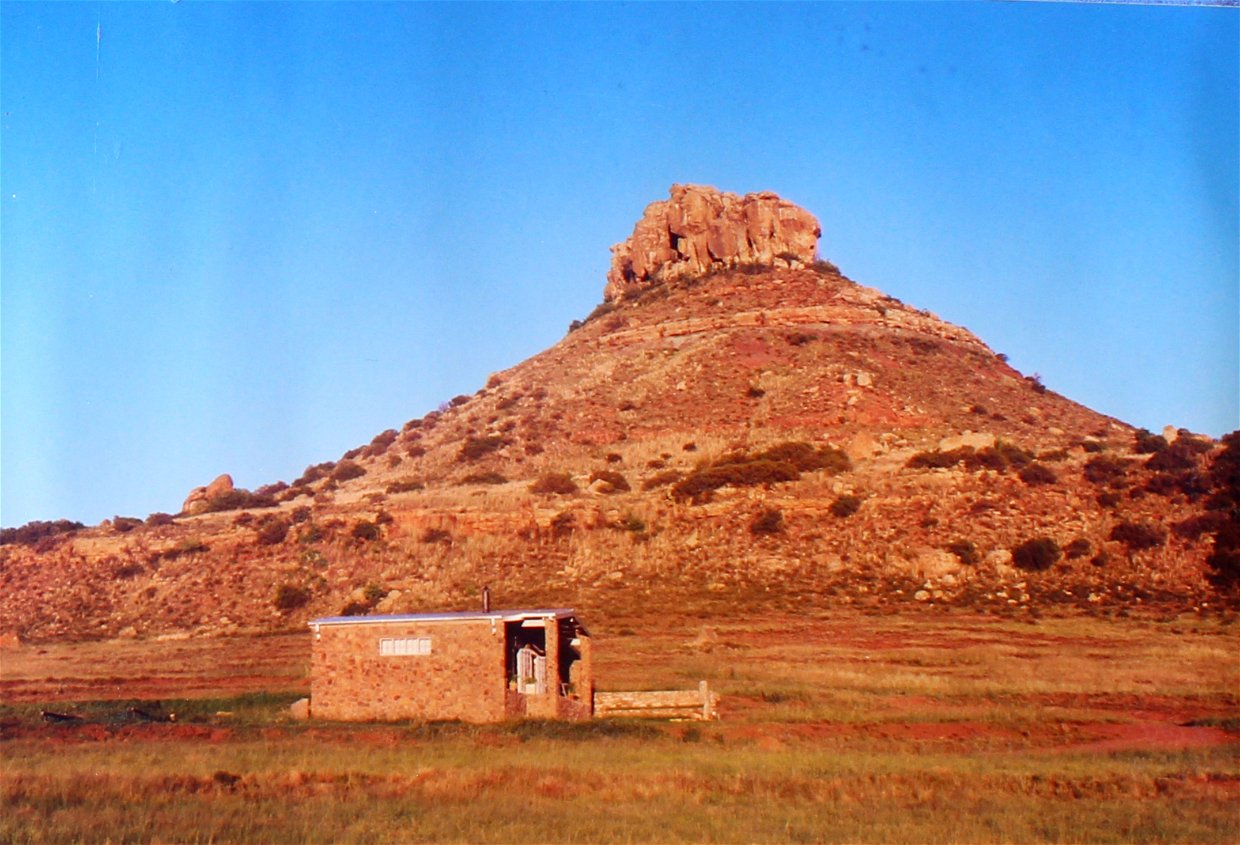
• And so the healing began.
Spitskop - NOW
Step into the enchanting world of Spitskop, where 20 yeas of dedicated REWILDING has transformed a once neglected landscape into a thriving haven for nature and humans alike.
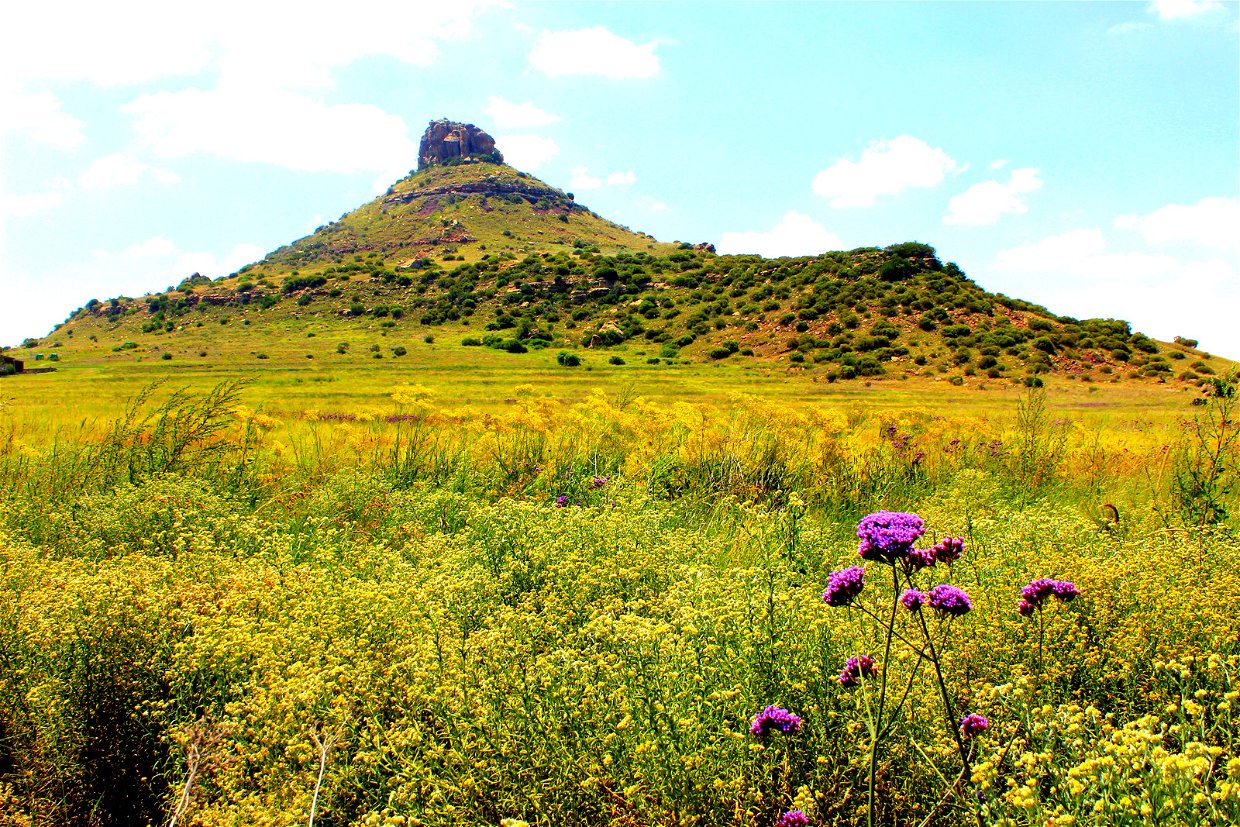
The WILDING - The RETURN of natural predators and rare and beautiful creatures such as aardvark to the Sanctuary that is Spitskop - are testament to the healing of this extraordinarily beautiful property - Trail Camera pictures showing an entrancing world of special creatures that now inhabit this very special place.
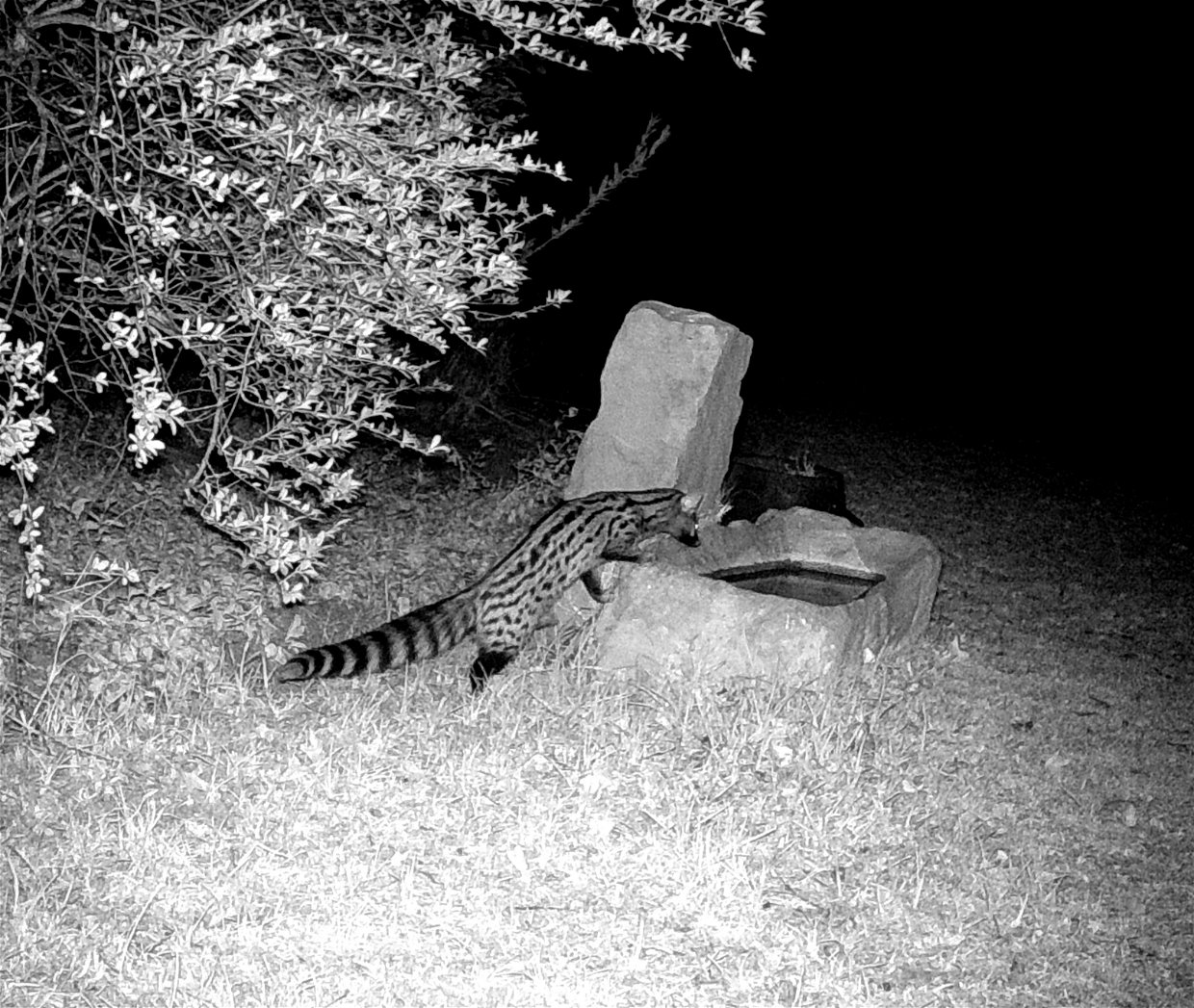
Genetta genetta
The common genet is solitary. Adults are nocturnal and crepuscular - their highest levels of activity following sunset and just prior to sunrise. They rest during the day in hollow trees or among thickets, and frequently use the same resting sites. Genets utter a click as a threat. The clicks, or, in younger individuals, growls, are used to indicate aggression. It has a varied diet comprising small mammals, lizards, birds, bird eggs, amphibians, centipedes, scorpions, insects and fruit.
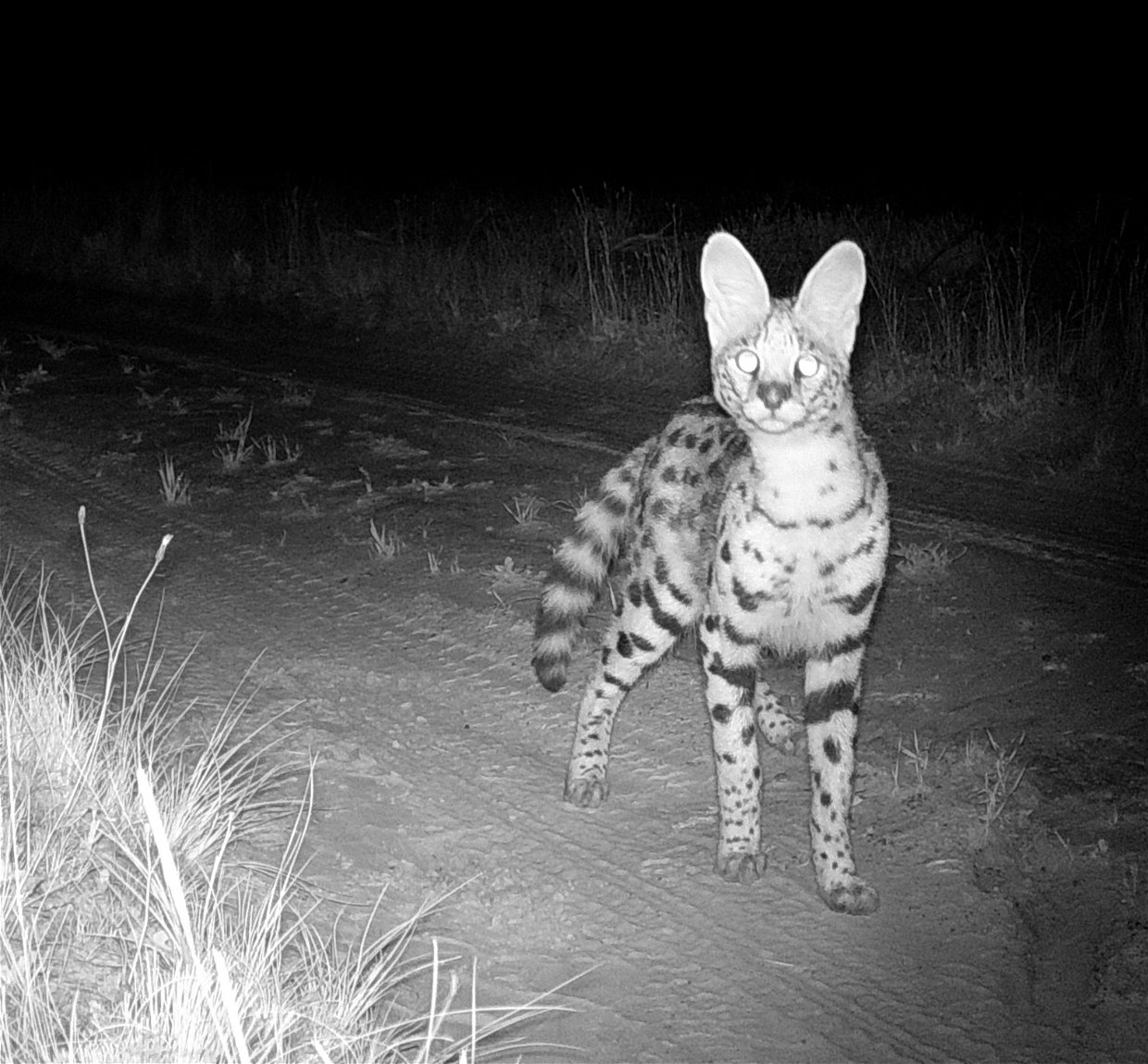
The serval (Leptailurus Serval) is a wild cat native to Africa. This magnificent cat is listed as “Near Threatened” by the IUCN. Thus Spitskop is a sanctuary where this magnificent cat is protected – and is seen regularly during daylight and at night hunting in the grasslands where it preys on rodents, small birds, insects, reptiles – thus a hugely important part of the natural pest control on Spitskop – where no poisons or rodenticides have been used for some 22 years in the REWILDING program.
 The aardvark is nocturnal, solitary - & feeds almost exclusively on ants and termites. Due to their stringent diet requirements, they require a large range to survive - when a concentration of ants or termites is detected, the aardvark digs into it with its powerful front legs and takes up an astonishing number of insects with its long, sticky tongue. Aside from digging out ants and termites, the aardvark also excavates burrows in which to live. Temporary sites are scattered around the home range and are used as refuges, while the main burrows can be deep and extensive, have several entrances and can be as long as 13 metres. The aardvark periodically moves on and makes a new burrow – the old burrows are an important part of the African wildlife scene - as they are vacated, they are inhabited by smaller animals like ant eating chats, warthogs, porcupines, hares, mongooses, and lizards.
The aardvark is nocturnal, solitary - & feeds almost exclusively on ants and termites. Due to their stringent diet requirements, they require a large range to survive - when a concentration of ants or termites is detected, the aardvark digs into it with its powerful front legs and takes up an astonishing number of insects with its long, sticky tongue. Aside from digging out ants and termites, the aardvark also excavates burrows in which to live. Temporary sites are scattered around the home range and are used as refuges, while the main burrows can be deep and extensive, have several entrances and can be as long as 13 metres. The aardvark periodically moves on and makes a new burrow – the old burrows are an important part of the African wildlife scene - as they are vacated, they are inhabited by smaller animals like ant eating chats, warthogs, porcupines, hares, mongooses, and lizards.

Cape porcupines: We would be poorer without these gentle herbivorous creatures - crucial members of a healthy ecosystem, they are considered engineers of ecosystems of their foraging habitats as their digging opens up soil surfaces, which then allows water to seep into the ground, increasing the opportunity for germination of diverse annual plants, shrubs and grasses.Also know as old world porcupines, they are the largest rodents from the species Hystix africaeaustralis and are native to southern Africa.They are nocturnal and forage at night. The porcupine has spines and stout quills for self-defence - the tail bears a rattle of hollow rattle quills, they communicate warning signs through stamping feet, raising quills and shaking the rattle quills on their tails. Their day-time shelter includes rock crevices, caves and abandoned burrows or other types of holes, which they have excavated or modified to their own requirements.

Eyed Pansy Butterfly.
There are some 35 species of butterflies – around 25 species of dragonflies – some 250 species of birds – around 13 species of frogs and toads….that is just a start.
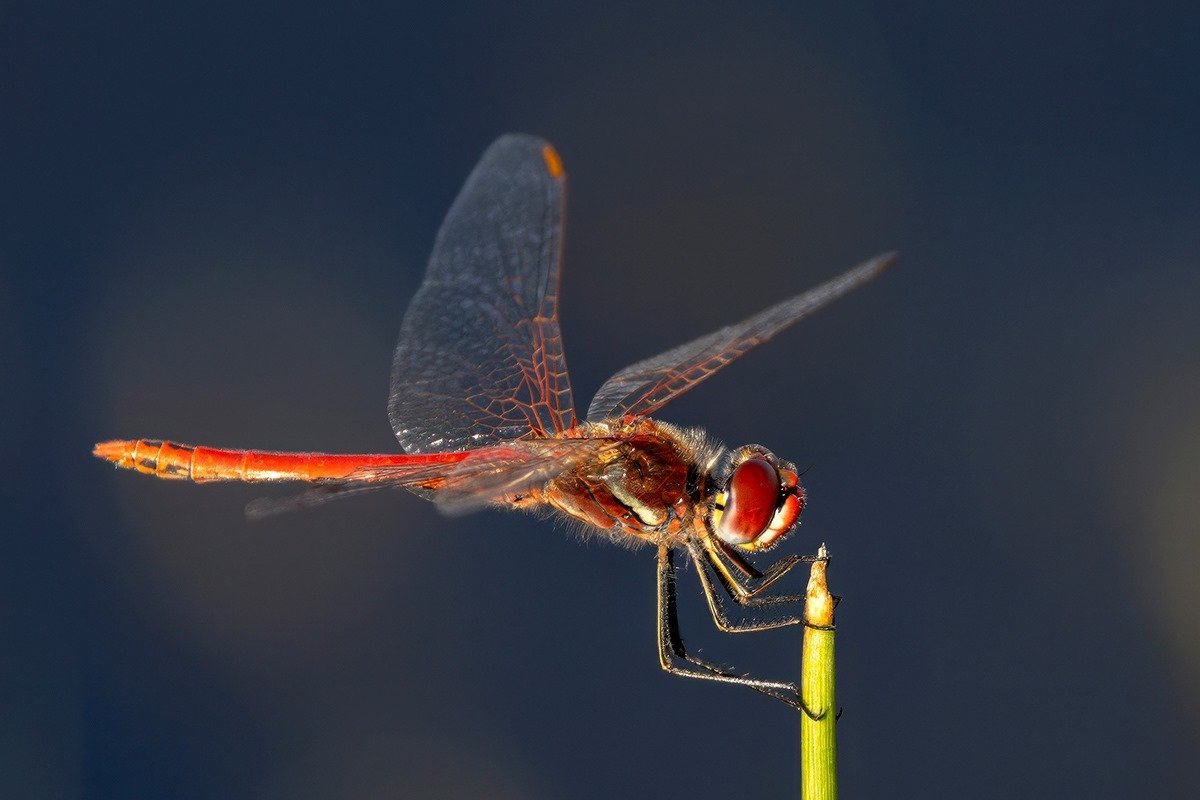
DID YOU KNOW:
We have this incredible dragonfly called a Pantala - which is known to migrate from South Africa – from all the way right here at Spitskop in the Eastern Free State – TO INDIA.
Explore our Family Self Catering Cottages – view on website.
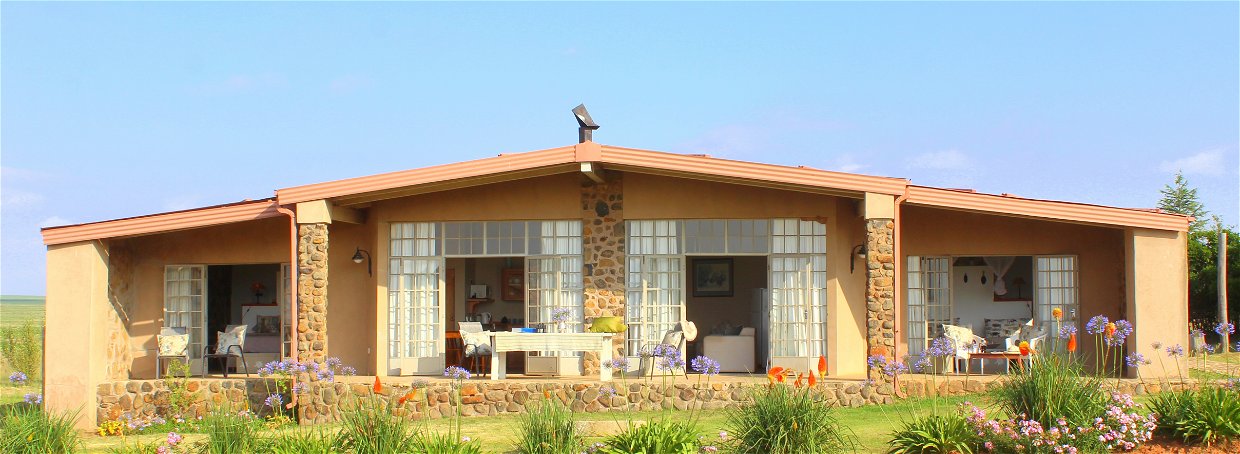
There are three EarthStone Cottages - private and secluded with magnificent views – offer superb open plan living – weber braai on the covered deck.
Explore our SkyWind Self Catering Cottages – view on website.

There are two cottages – barn style with high beamed ceilings – lime washed sandstone walls – the simplistic exteriors belying the indulgently comfortable interiors. Designed for just two people in comfort and seclusion.
A Place of Magic and Rainbows.
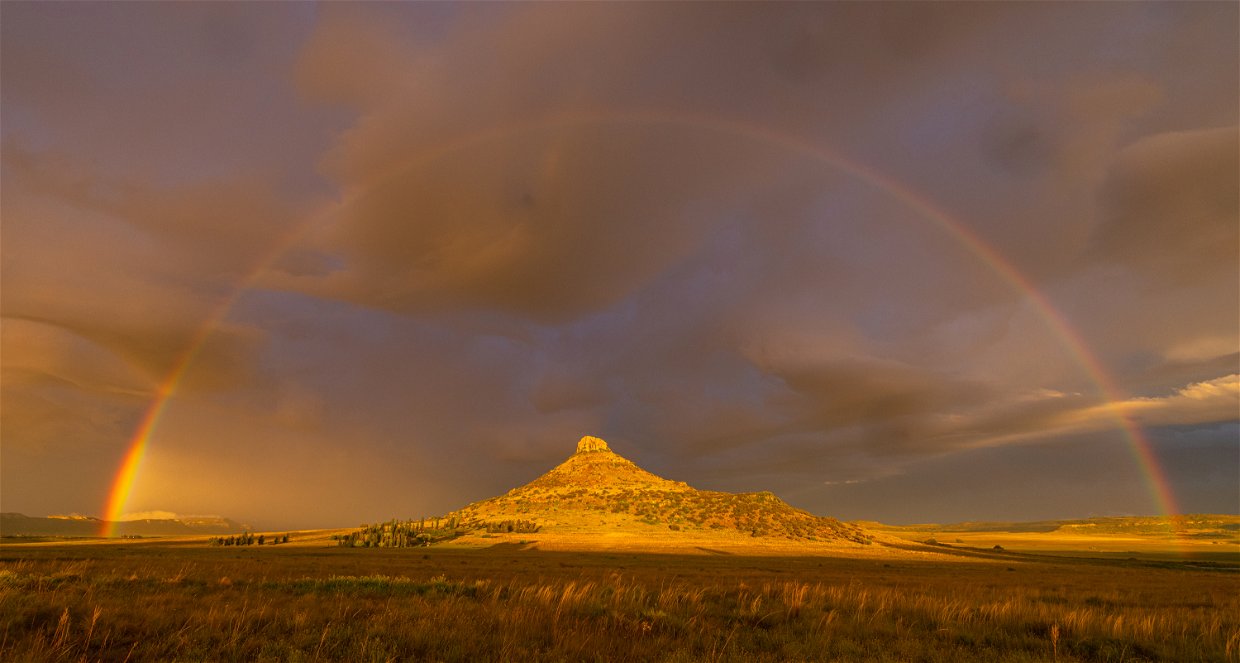
www.amohela-ho-spitskop.co.za
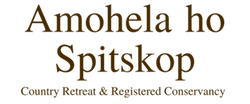


Share This Post